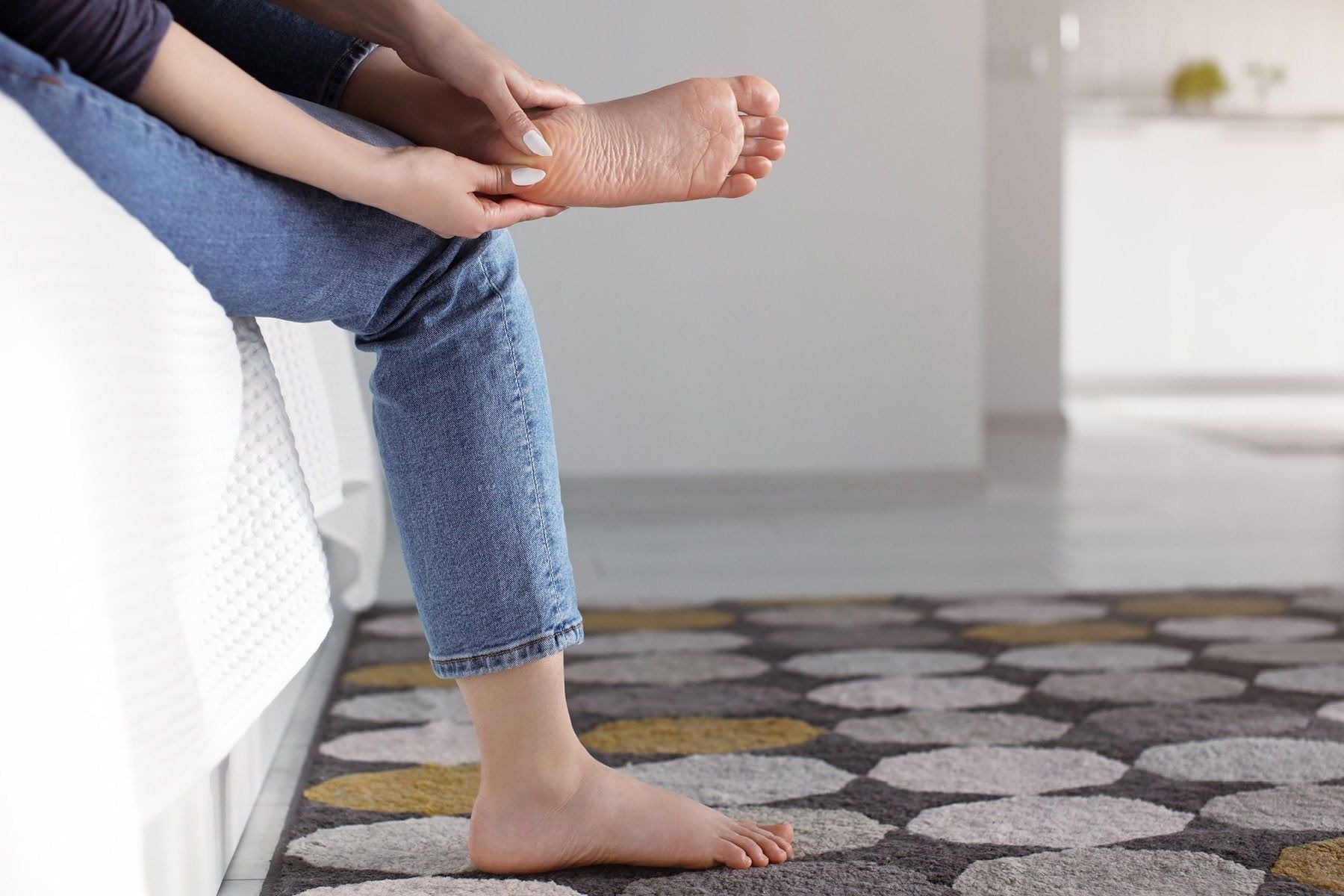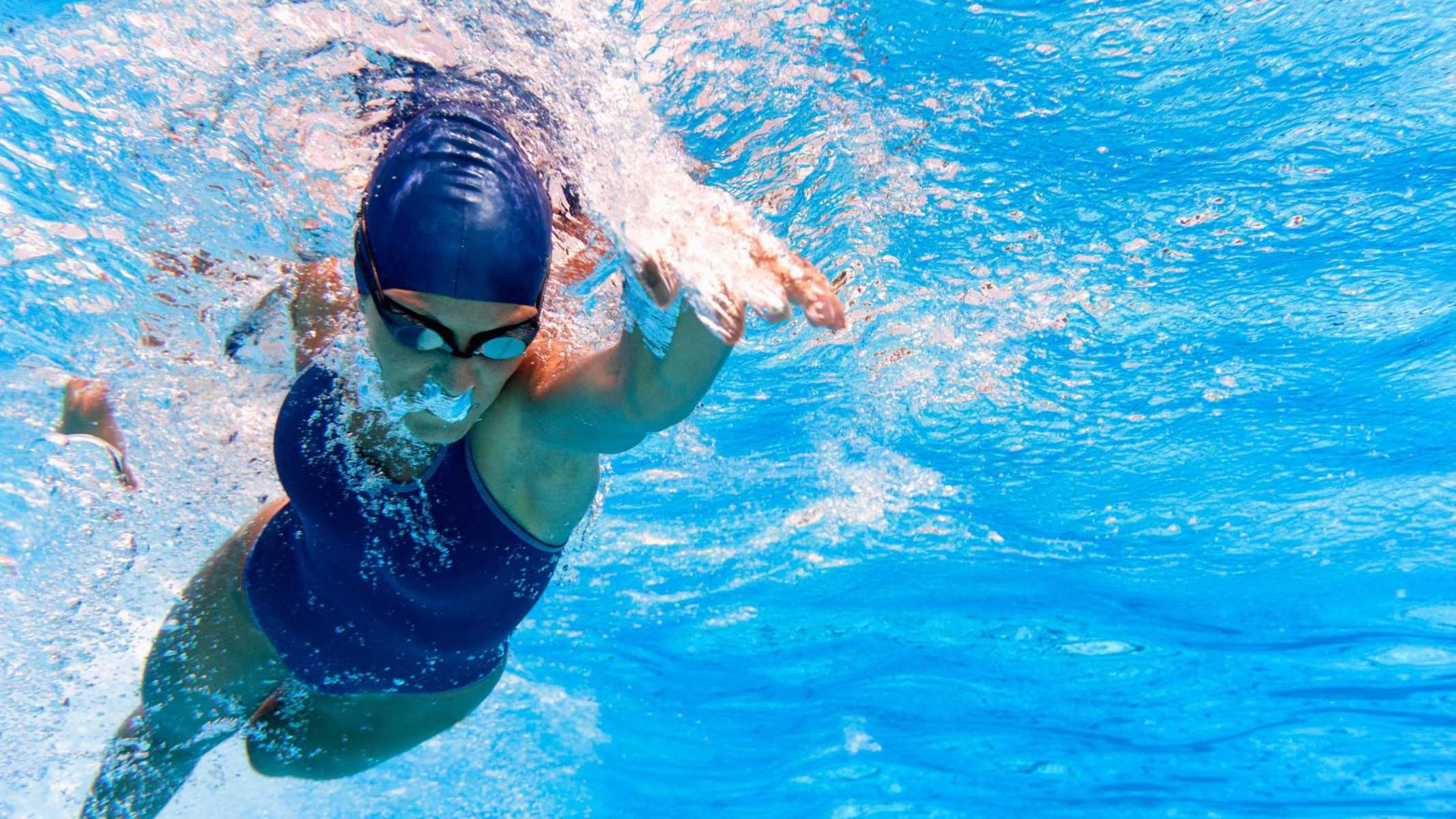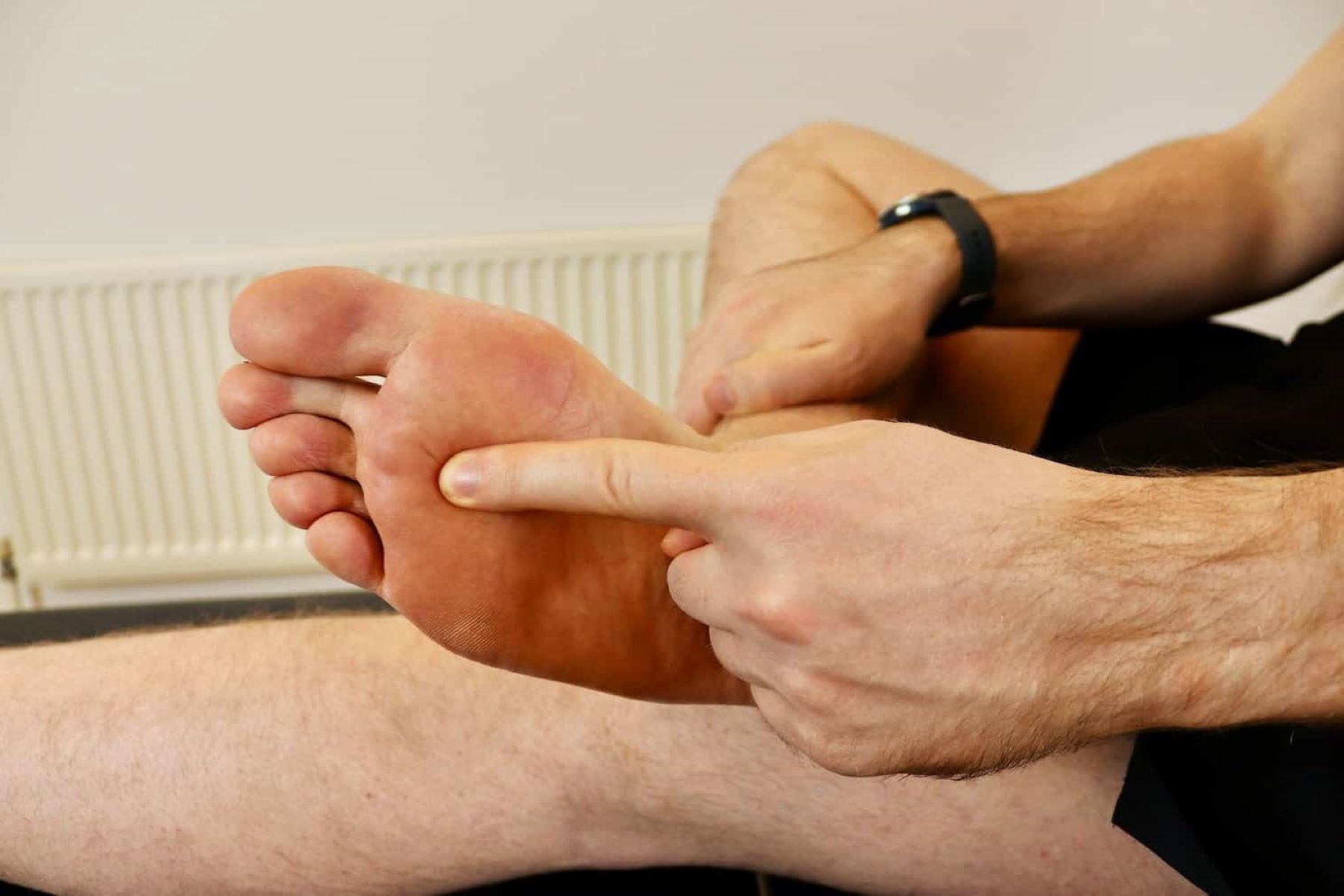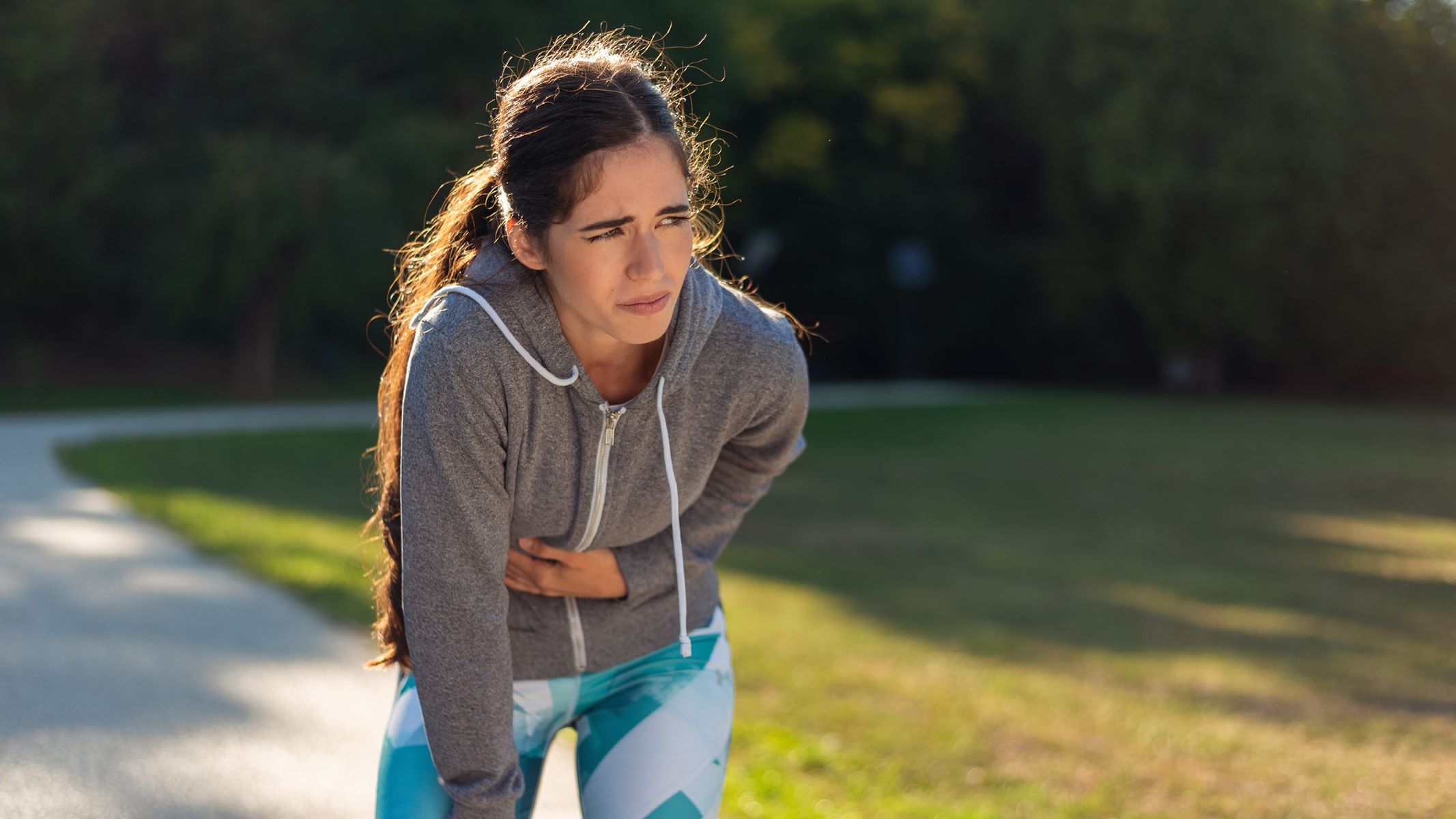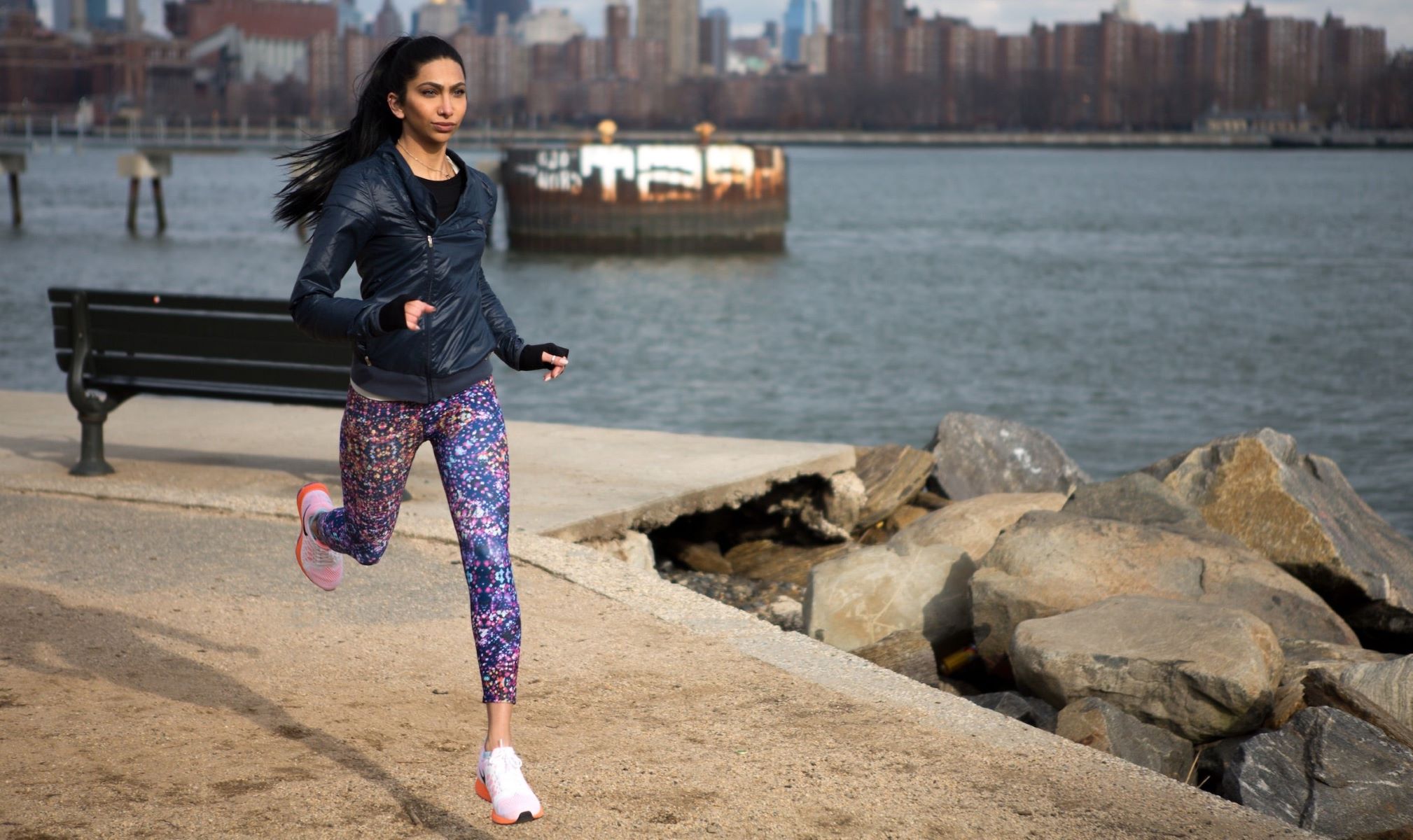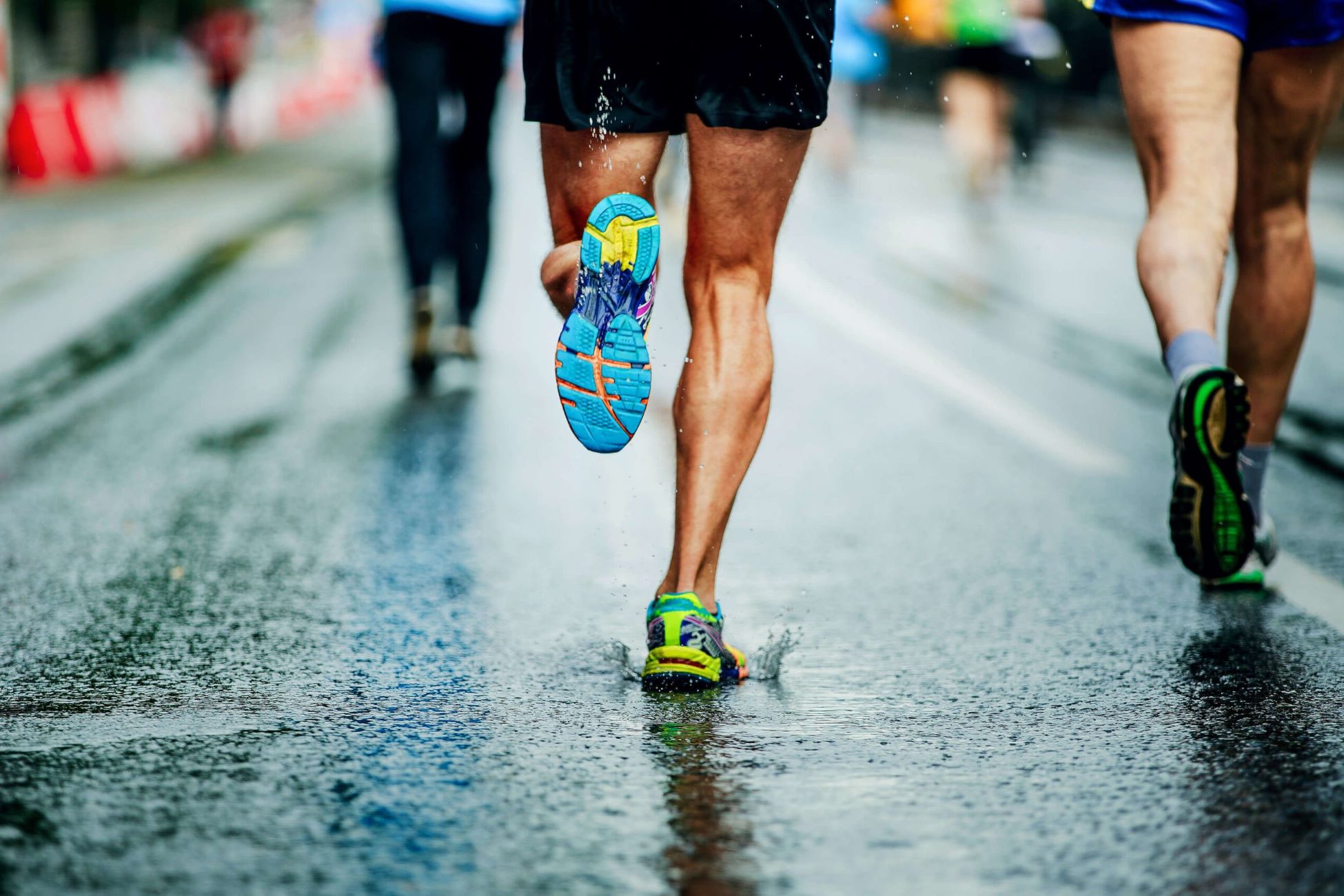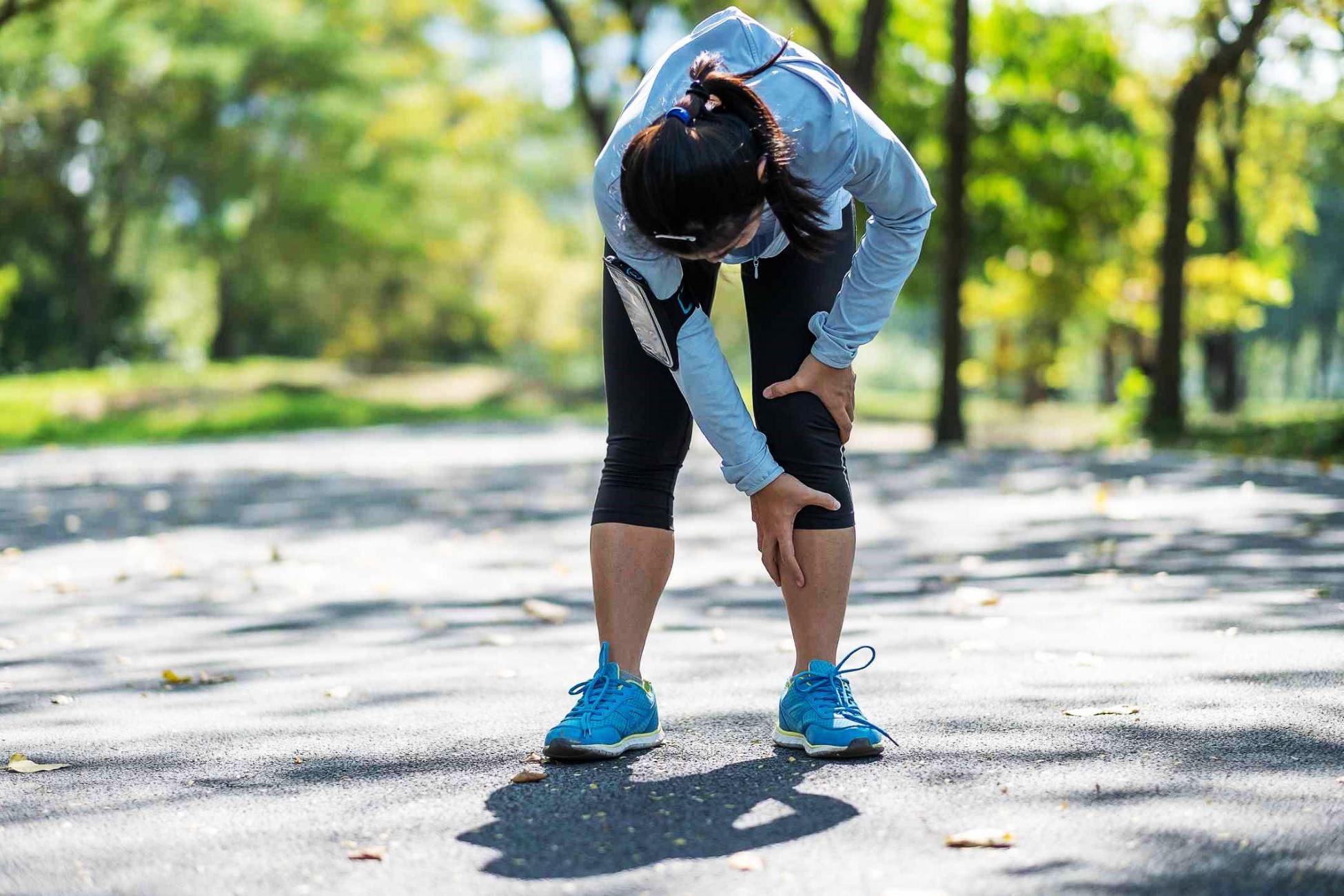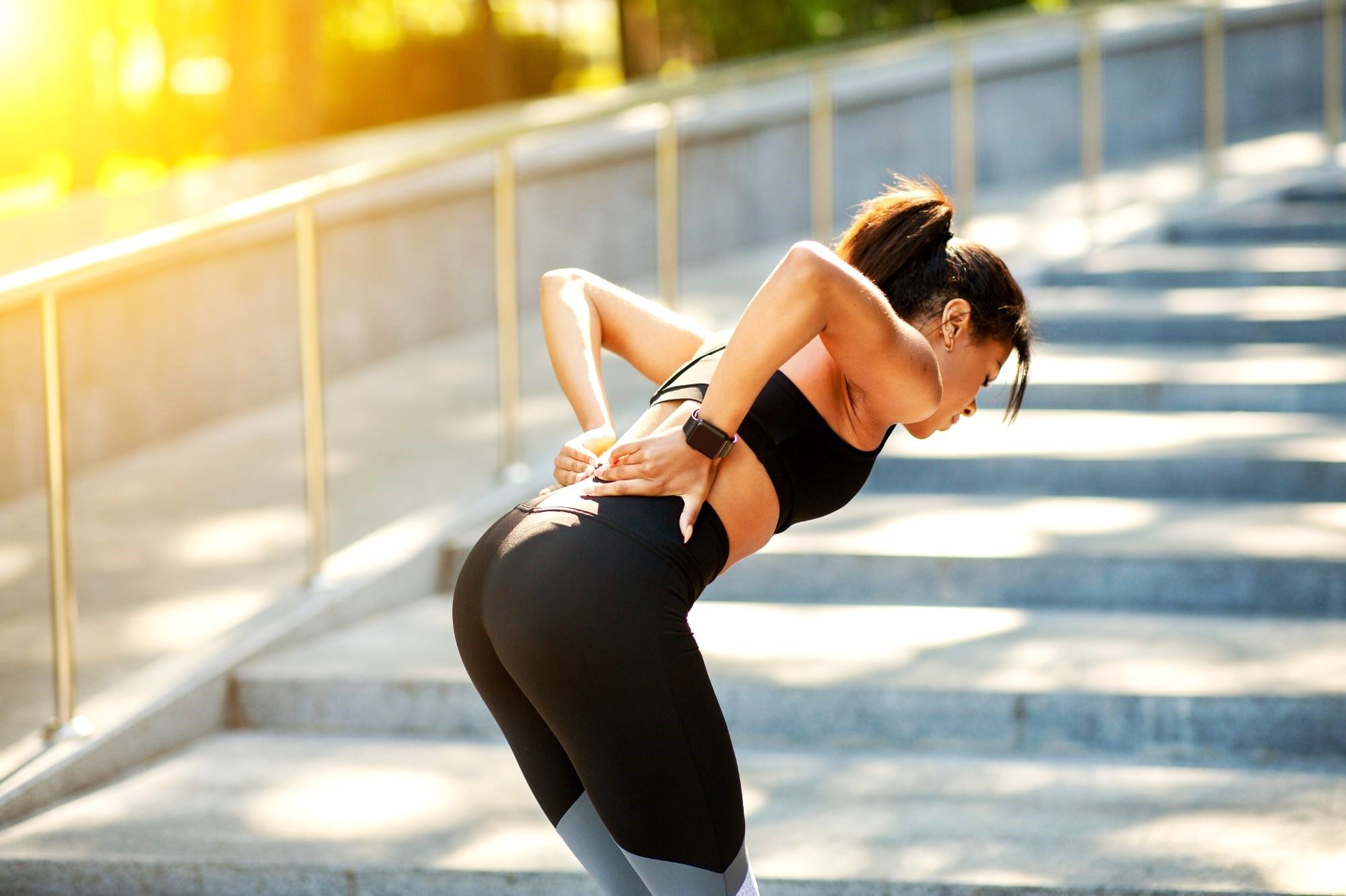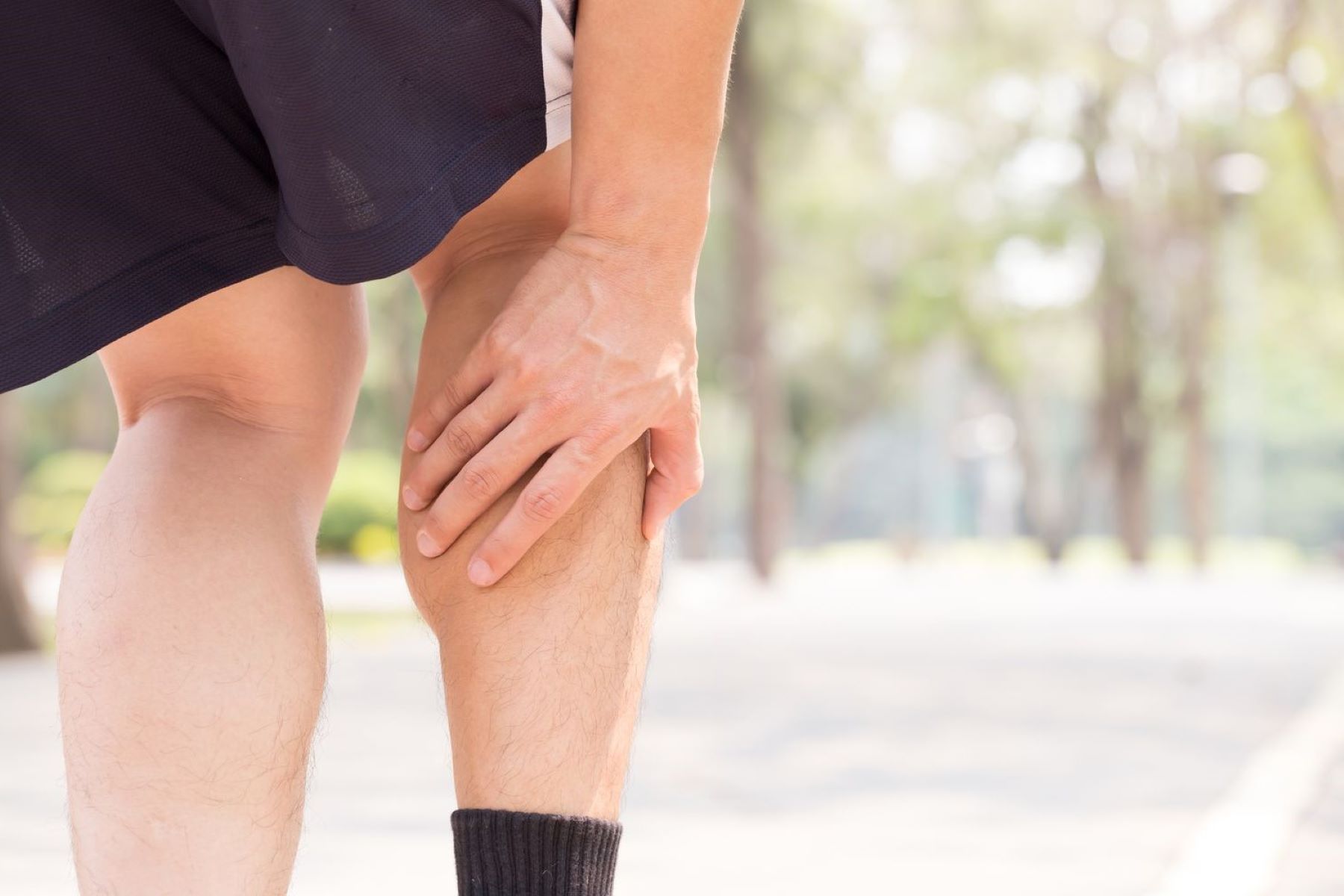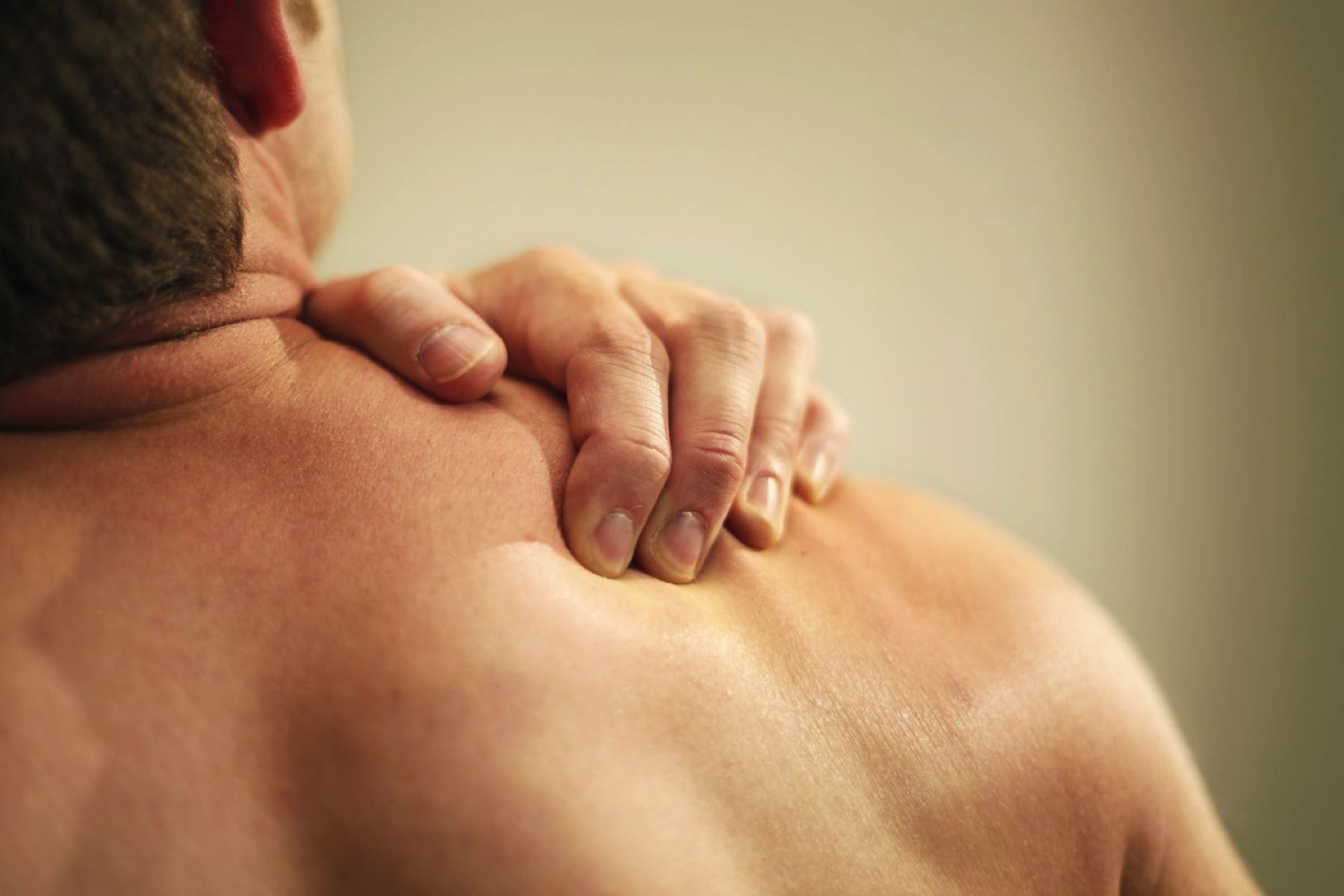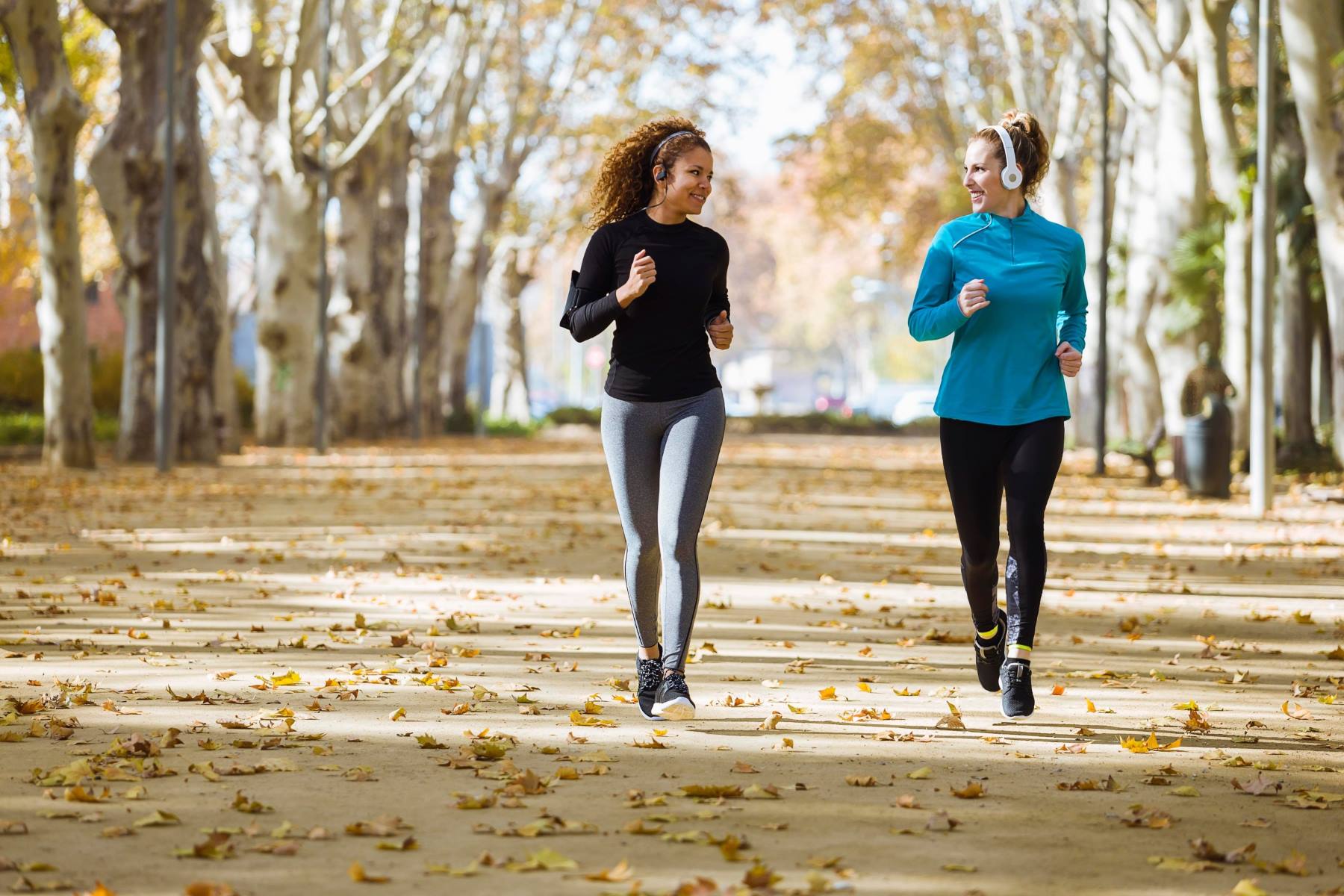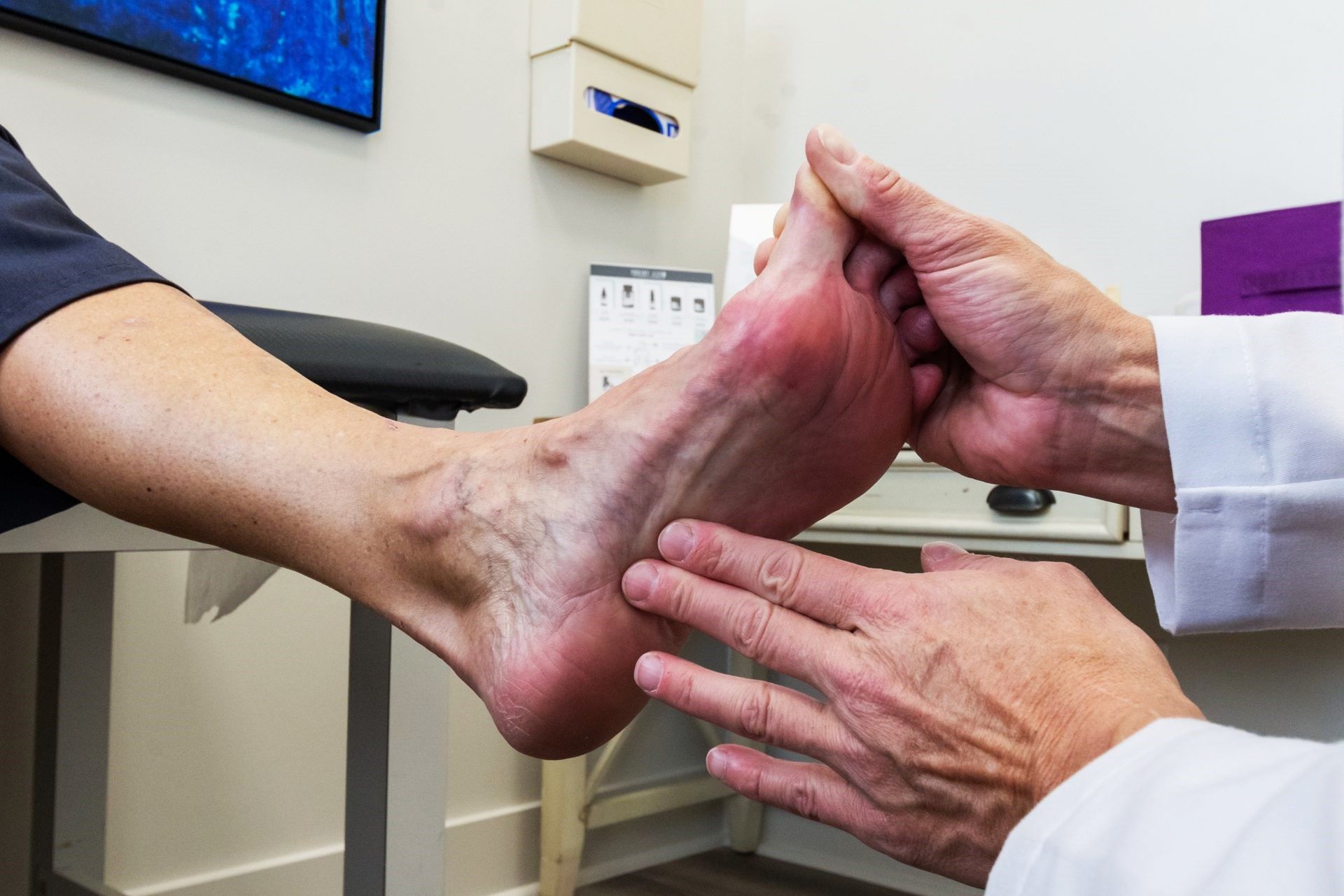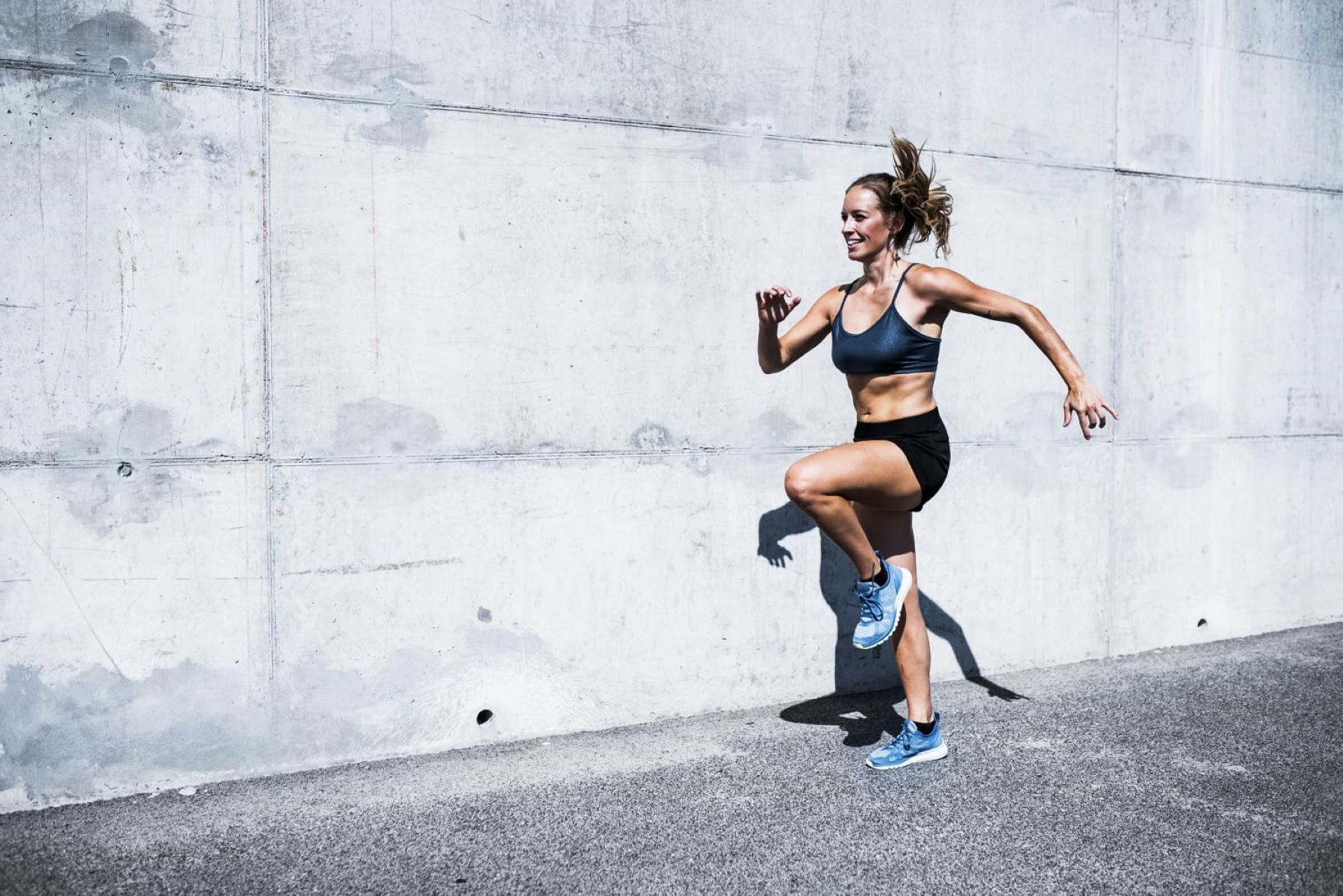Home>Health & Nutrition>Injury Prevention>Possible Causes Of Knee Pain While Cycling
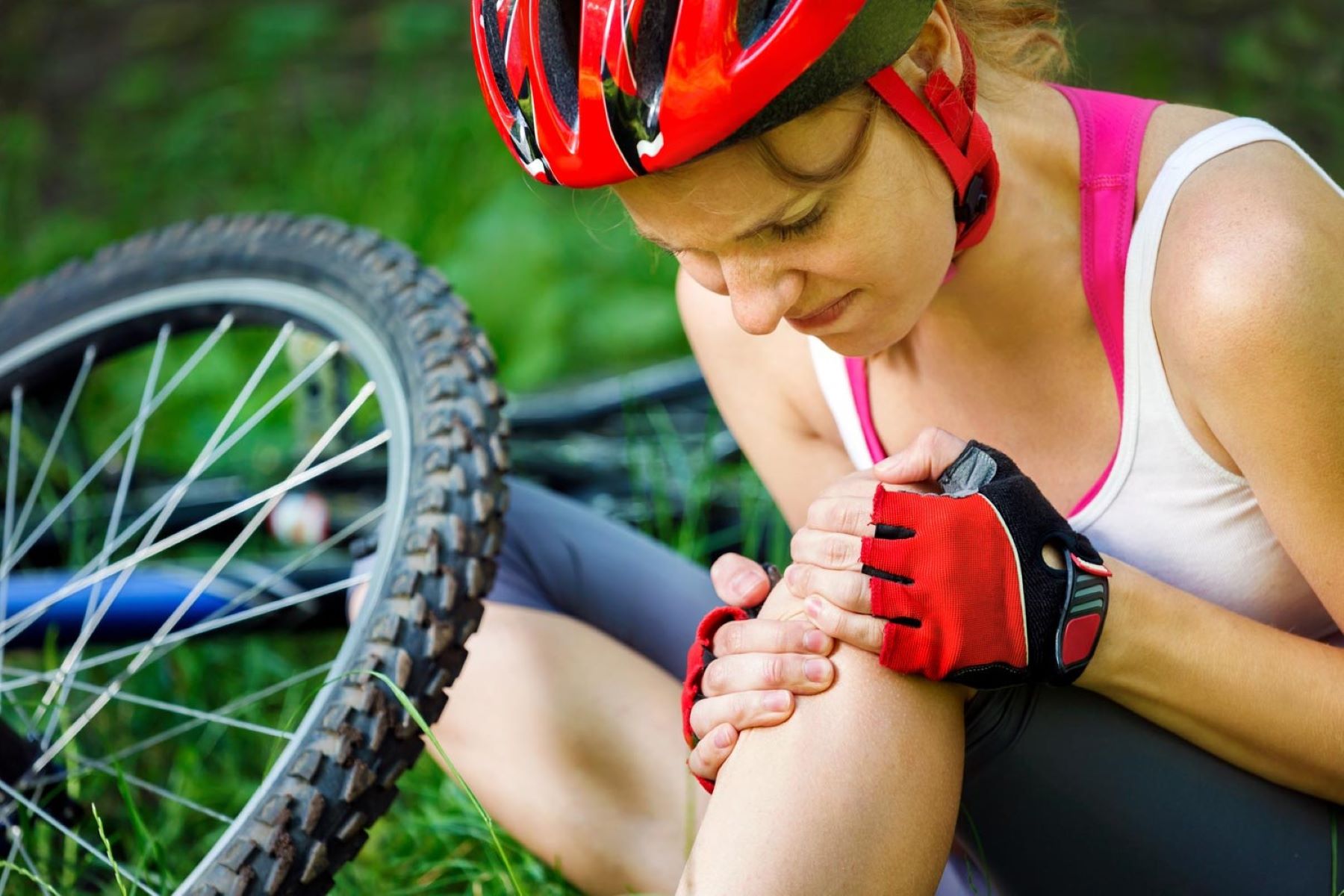

Injury Prevention
Possible Causes Of Knee Pain While Cycling
Published: February 25, 2024
Learn how to prevent knee pain while cycling with effective injury prevention techniques. Discover the possible causes and solutions for a pain-free ride.
(Many of the links in this article redirect to a specific reviewed product. Your purchase of these products through affiliate links helps to generate commission for Therunningadvisor.com, at no extra cost. Learn more)
Table of Contents
Common types of knee injuries in cyclists
Cycling is a fantastic way to stay fit and explore the great outdoors, but it's not without its risks, especially when it comes to knee injuries. The repetitive motion of pedaling, combined with the forces exerted on the knee joint, can lead to various types of knee injuries among cyclists. Understanding these common injuries is crucial for both prevention and effective management.
-
Patellofemoral Pain Syndrome (PFPS): Also known as "runner's knee," PFPS is a prevalent knee issue among cyclists. It is characterized by pain around or behind the kneecap, which often worsens during cycling, especially when climbing or riding at high intensity. PFPS can result from factors such as improper bike fit, muscle imbalances, or poor pedaling technique.
-
Iliotibial (IT) Band Syndrome: The IT band runs along the outside of the thigh and can cause significant discomfort when inflamed. Cyclists may experience pain on the outer side of the knee due to friction between the IT band and the femur during repetitive knee flexion and extension while pedaling.
-
Meniscus Injuries: The meniscus, a cartilage in the knee, can be susceptible to tears or damage from the repetitive stress of cycling. Sudden twisting motions or prolonged, intense rides can contribute to meniscus injuries, leading to pain, swelling, and limited knee mobility.
-
Patellar Tendinitis: Also referred to as "jumper's knee," this condition involves inflammation of the patellar tendon, which connects the kneecap to the shinbone. Cyclists may experience anterior knee pain, particularly during forceful pedaling or when riding uphill.
-
Bursitis: The bursae are small, fluid-filled sacs that cushion the knee joint. Overuse or repetitive pressure from cycling can lead to bursitis, causing localized swelling, tenderness, and discomfort around the knee area.
By recognizing these common types of knee injuries in cyclists, riders can take proactive measures to prevent and address these issues. Proper bike fit, regular strength and flexibility training, and paying attention to early signs of discomfort are essential for maintaining knee health and enjoying the many benefits of cycling.
Read more: 4 Common Causes Of Knee Pain After Running
Incorrect bike fit and its impact on knee pain
The significance of proper bike fit cannot be overstated when it comes to preventing knee pain in cyclists. An incorrect bike fit can lead to a myriad of issues, with the knee being particularly vulnerable to discomfort and injury. When a cyclist's bike is not properly adjusted to their unique body dimensions and biomechanics, it can result in excessive stress on the knee joint, leading to pain and potential long-term damage.
One of the primary factors contributing to knee pain from an improper bike fit is saddle height. If the saddle is too low, it can increase the angle of the knee at the top of the pedal stroke, causing the knee to track too far forward. On the other hand, if the saddle is too high, it can lead to overextension of the knee, placing strain on the patellar tendon and surrounding structures. Both scenarios can result in anterior knee pain and discomfort, particularly during high-intensity or prolonged rides.
Additionally, saddle fore-aft position plays a crucial role in bike fit. When the saddle is positioned too far forward or backward, it can affect the rider's knee alignment and stability during pedaling. Improper fore-aft saddle position may lead to increased stress on the patellar tendon, contributing to patellar tendinitis and other forms of anterior knee pain.
Furthermore, handlebar reach and height can impact knee health. If the handlebars are positioned too low or too far away, it can cause the rider to excessively lean forward, increasing the load on the knees. This can lead to discomfort and potential overuse injuries, especially for cyclists who spend extended periods in a more aggressive riding position.
The impact of an incorrect bike fit on knee pain extends beyond physical discomfort. Prolonged riding with an improper fit can lead to chronic issues such as patellofemoral pain syndrome (PFPS) and iliotibial (IT) band syndrome, which may require extensive rehabilitation and time off the bike to recover.
To mitigate the impact of an incorrect bike fit on knee pain, cyclists should prioritize a professional bike fitting session. A qualified bike fitter can assess the rider's biomechanics, adjust the bike's components, and provide guidance on proper positioning to optimize comfort and performance while minimizing the risk of knee injuries. Additionally, regular reassessment of bike fit as fitness levels and riding preferences evolve is essential for maintaining knee health and overall riding enjoyment.
By addressing the impact of incorrect bike fit on knee pain, cyclists can proactively safeguard their knee health and enhance their cycling experience, free from the limitations of discomfort and potential injury.
Overuse and repetitive strain on the knee joint
The knee joint is subjected to significant stress during cycling, particularly in the context of overuse and repetitive strain. As cyclists pedal, the knee undergoes repetitive flexion and extension motions, which can lead to cumulative strain on the joint and surrounding structures. This continuous stress, especially when combined with high mileage or intense training, can contribute to various forms of overuse injuries in the knee.
One of the primary concerns related to overuse and repetitive strain on the knee joint is the development of patellar tendinitis, commonly known as "jumper's knee." This condition involves inflammation of the patellar tendon, which connects the kneecap to the shinbone. The repetitive nature of cycling, especially during high-intensity efforts or prolonged rides, can exacerbate the strain on the patellar tendon, leading to anterior knee pain and discomfort. Without proper intervention, patellar tendinitis can progress, impacting a cyclist's performance and overall knee health.
Moreover, the continuous pedaling motion can also contribute to the onset of patellofemoral pain syndrome (PFPS), a prevalent knee issue among cyclists. PFPS is characterized by pain around or behind the kneecap, particularly during activities that involve knee flexion, such as cycling. The repetitive nature of pedaling, especially when combined with improper bike fit or muscle imbalances, can exacerbate the strain on the patellofemoral joint, leading to discomfort and potential long-term consequences if not addressed promptly.
In addition to specific knee conditions, overuse and repetitive strain can also lead to general wear and tear on the knee joint. The repetitive nature of cycling can contribute to the gradual breakdown of cartilage and other supportive structures within the knee, potentially leading to conditions such as osteoarthritis over time. This underscores the importance of managing and mitigating the cumulative strain on the knee joint to preserve long-term joint health and function.
To address the impact of overuse and repetitive strain on the knee joint, cyclists should prioritize strategies aimed at reducing excessive stress on the knees. This includes incorporating adequate rest and recovery into training schedules, varying riding intensity and duration, and ensuring proper bike fit to optimize biomechanics and minimize unnecessary strain on the knee joint. Additionally, engaging in targeted strength and flexibility exercises can help improve the resilience of the knee joint and surrounding musculature, reducing the risk of overuse injuries and promoting overall knee health.
By acknowledging the implications of overuse and repetitive strain on the knee joint, cyclists can proactively implement measures to mitigate these risks, fostering a sustainable and enjoyable cycling experience while safeguarding the long-term health of their knees.
Muscle imbalances and their contribution to knee pain
Muscle imbalances play a significant role in the development of knee pain among cyclists. The intricate coordination of muscles around the knee joint is essential for maintaining stability, proper alignment, and efficient force transmission during pedaling. When certain muscle groups become disproportionately stronger or weaker, it can disrupt the dynamic equilibrium of the knee, leading to increased stress on specific structures and heightened susceptibility to pain and injury.
One of the key muscle imbalances that commonly contributes to knee pain in cyclists involves the quadriceps and hamstrings. The quadriceps, located at the front of the thigh, play a crucial role in extending the knee during the downstroke of pedaling. Conversely, the hamstrings, situated at the back of the thigh, aid in knee flexion and provide essential support during the upstroke phase of pedaling. An imbalance between these muscle groups, with disproportionately stronger quadriceps and weaker hamstrings, can lead to excessive anterior force on the knee joint, potentially contributing to patellar tendinitis and patellofemoral pain syndrome (PFPS).
Furthermore, the vastus medialis oblique (VMO), a specific component of the quadriceps, is particularly important for stabilizing the patella and maintaining proper tracking during knee movement. Weakness or underactivation of the VMO relative to the other quadriceps muscles can lead to lateral patellar tracking, potentially resulting in patellar malalignment and associated discomfort during cycling.
In addition to the quadriceps and hamstrings, the hip abductor and adductor muscles also play a crucial role in knee health. The hip abductors, including the gluteus medius and minimus, contribute to lateral stability of the pelvis and help control excessive inward movement of the knee, known as valgus collapse. Weakness in these muscles can lead to altered knee mechanics, potentially increasing the risk of IT band syndrome and other forms of lateral knee pain.
Conversely, the hip adductors, located on the inner thigh, also influence knee alignment and stability. Imbalances between the strength and activation of the hip abductors and adductors can impact the overall biomechanics of the lower limb, potentially contributing to altered knee tracking and increased stress on the knee joint during cycling.
Addressing muscle imbalances through targeted strength training and corrective exercises is essential for mitigating their contribution to knee pain in cyclists. Incorporating exercises that specifically target the hamstrings, VMO, hip abductors, and adductors can help restore muscular balance around the knee joint, reducing the risk of overuse injuries and enhancing overall knee stability during cycling.
By recognizing the impact of muscle imbalances on knee pain and implementing targeted interventions to address these imbalances, cyclists can optimize their muscular coordination and reduce the likelihood of discomfort and injury, fostering a more enjoyable and sustainable cycling experience.
The role of poor cycling technique in causing knee discomfort
The significance of proper cycling technique cannot be overstated when it comes to safeguarding the health and longevity of the knees. Poor cycling technique can exert excessive stress on the knee joint, leading to discomfort, pain, and potential long-term consequences for cyclists. Understanding the specific aspects of technique that can impact knee health is crucial for riders seeking to optimize their performance while minimizing the risk of injury.
One of the primary contributors to knee discomfort stemming from poor cycling technique is improper gear selection and cadence management. When cyclists consistently pedal at excessively high or low cadences, it can place undue strain on the knee joint. Riding at a cadence that is too high may lead to increased forces on the patellofemoral joint, potentially contributing to patellofemoral pain syndrome (PFPS) and other forms of anterior knee discomfort. Conversely, pedaling at a cadence that is too low can result in greater muscular effort and torque on the knee joint, potentially leading to fatigue and overuse injuries over time.
Furthermore, inadequate pedaling mechanics, such as excessive lateral knee movement or uneven force application during the pedal stroke, can also contribute to knee discomfort. Improper alignment and tracking of the knees during pedaling can lead to increased stress on the patellar tendon and surrounding structures, potentially resulting in patellar tendinitis and other forms of anterior knee pain. Additionally, asymmetrical force distribution during the pedal stroke can lead to muscle imbalances and altered joint mechanics, further exacerbating the risk of knee discomfort and injury.
The role of poor cycling posture and body positioning should not be overlooked in the context of knee discomfort. Incorrect saddle height, handlebar reach, and overall riding position can lead to suboptimal biomechanics, placing increased stress on the knees. For instance, a saddle that is too low or too high can lead to improper knee angles and increased strain on the patellar tendon, potentially contributing to anterior knee pain. Similarly, a handlebar position that is too low or too far away can lead to excessive forward lean, altering knee alignment and potentially increasing the risk of discomfort and overuse injuries.
Addressing the role of poor cycling technique in causing knee discomfort necessitates a comprehensive approach that encompasses proper gear selection, cadence management, pedaling mechanics, and overall body positioning. Cyclists should prioritize developing efficient and biomechanically sound pedaling techniques, ensuring smooth and symmetrical force application throughout the pedal stroke. Additionally, regular assessment and adjustment of bike fit, including saddle height, handlebar position, and cleat alignment, are essential for optimizing knee health and minimizing the impact of poor cycling technique on knee discomfort.
By acknowledging the influence of poor cycling technique on knee discomfort and implementing strategies to enhance technique and biomechanics, cyclists can proactively mitigate the risk of knee-related issues, fostering a more sustainable and enjoyable riding experience while safeguarding the long-term health of their knees.

